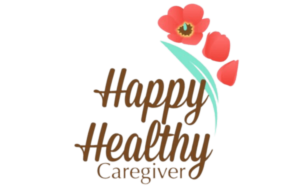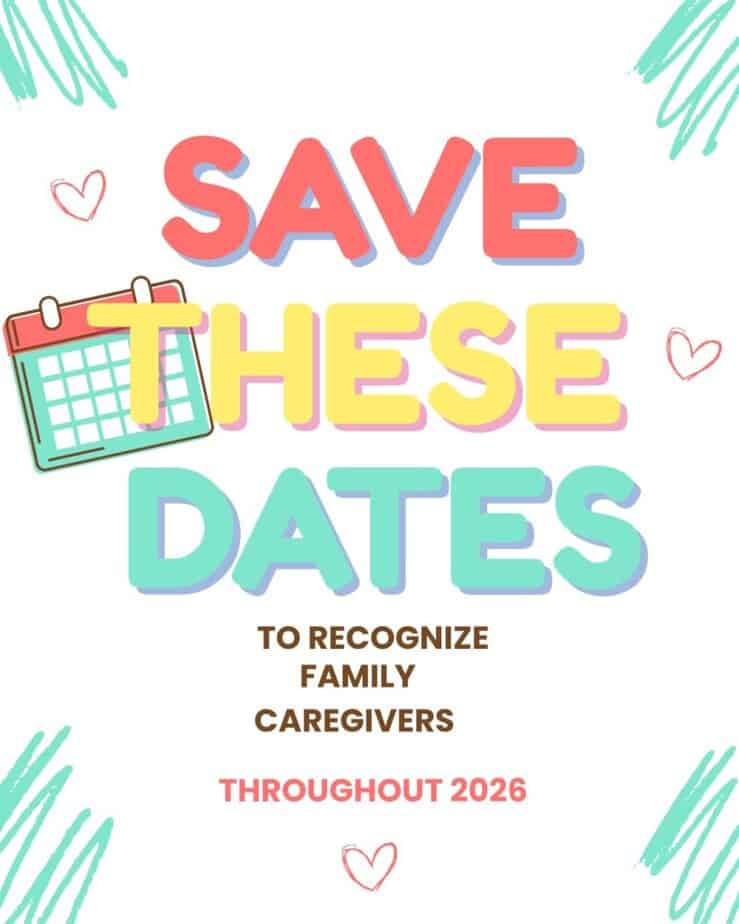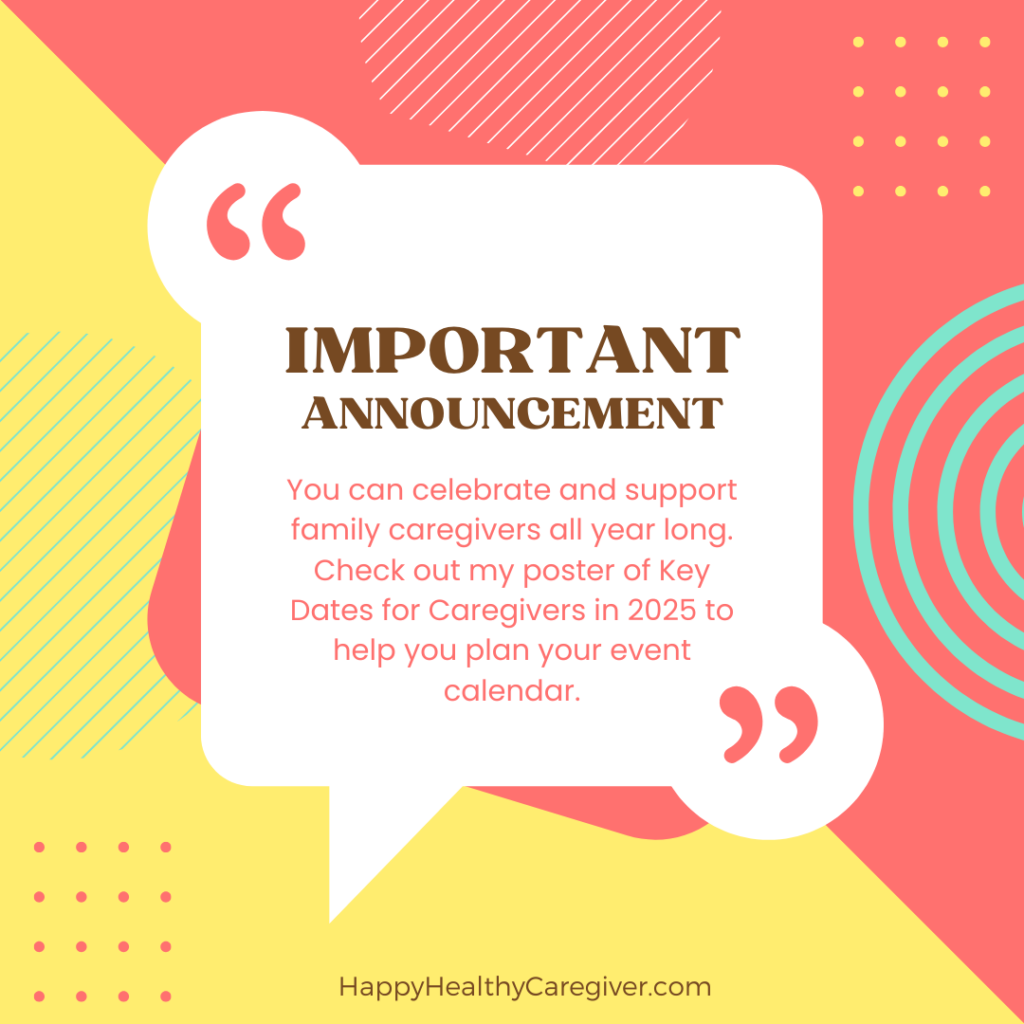As a parent to my two children, I used to tell my kids that my job was to keep them safe and help them become adults that other people want to be around. In my mind, the second part meant many things such as being polite, respectful, hard-working, and compassionate. In hindsight, I really didn’t explain this very well to my kids.
Witnessing and helping with the caregiving for my parents, my mother-in-law, and my brother with developmental disabilities definitely exposed my kids to many lessons. Being teenagers and young adults during this time, they have been right there with us on this emotional journey and have been old enough to understand the complexities of family life.
My mom’s cognitive disorders really didn’t amp up until her last year of life when my kids were 20 and 18. I often wonder what it would have been like if they were younger. Would they have understood why their Mimi was telling us about her ‘adventures’ in conversing with dead people or why we went along with mom’s detailed story about my younger sister riding in on a horse to visit? Would they have been more frustrated by her repeated questions and forgetting some of our family memories?
Dementia and Alzheimer’s Disease impact more than 16 million family members and this number has risen 4% in the last 5 years. Even if your direct family isn’t caring for someone with dementia chances are you know someone who is. How do you even begin to explain the complexities of cognitive disorders to a young child?
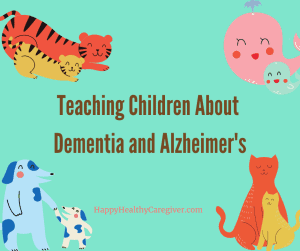
Dementia and Alzheimer’s Books for Children
Luckily, other families have created resources to help us. I was curious about the children’s books that touched on dementia and Alzheimer’s so I signed up to be a part of HFC’s Summer Book Club Series on this topic.
I read these three books that help children understand dementia or Alzheimer’s:



Weeds in Nana’s Garden uses the analogy of weeds in a flower garden to explain what is happening in a person who has dementia’s brain. This book is beautifully written and illustrated by the talented Kathryn Harrison. The granddaughter is encouraged to accept her nana’s odd behavior when she pulls out the flowers and to see the gifts that come from the garden no matter how Nana progresses from moving to a wheelchair and ultimately long-term-care. The importance of music is also emphasized.
Kathryn Harrison also had her illustrative hand in another children’s book, I Smile for Grandpa. This story was written by Jaclyn Guenette, a mother of three and licensed social worker, and highlights how the shared activities are present but change before and after dementia. The popular childhood game of hide and seek creates a visual analogy. This book uses animal illustrations to help manage the expectations around dementia and validate the emotional journey of caring for someone with dementia.
Your purchases from both of the above books support the Alzheimer Society of Canada.
Grandma and Me: A Kid’s Guide for Alzheimer’s & Dementia is written by Beatrice Tauber Prior, a Clinical Psychologist and Registered Nurse and dementia educator, Mary Ann Drummond. This book explains a bit of the science behind the disease. It also encourages children to be an important part of the care team and highlights practical strategies such as music therapy (singing), storytelling, asking questions with limited choices. Through Julia Walther’s illustrations, the readers can see the progression of the disease.
Where to Find Other Books About Dementia and Alzheimer’s
I admire how all three of these books take a difficult topic and present it in a digestible and positive way for children to comprehend. All three of the authors above are members of AlzAuthors, a community of authors whose mission is to share Alzheimer’s and dementia stories to light the ways for others.
Paulette Bochnig Sharkey is also an AlzAuthor that used to be a volunteer pianist for memory-care residents. She wrote ‘A Doll for Grandma: a Story About Alzheimer’s Disease’ which is beautifully illustrated by Samantha Woo. One of the simple explanations for dementia I appreciate in Paulette’s book states: “Grandma’s brain is forgetting how to remember.” This book focuses on Granddaughter Kiera noticing changes in her Grandma and trying to make sense of it all. Kiera learns about activities that take place in a memory-care home and how her Grandma’s physical appearance is changing. Grandma’s shoes changed from fancy high heels to ones with Velcro straps and that her mode of transportation used to be a sports car but now is a wheelchair. The book ends with some sweet bonding moments between Grandma and Kiera enjoying different activities with their dolls. The last page of the book includes a page entitled ‘Helping Children Understand Alzheimer’s Disease’ provided by Judy Cornish the founder of Dementia & Alzheimer’s Well Being Network (DAWN).

Another picture book, The Story of Mrs. Inez by Madeline Wolfe teaches adults (while reading this aloud) to embrace a child’s natural curiosity. My hope is that this book will spark young children to play a vital part in caring for someone with dementia. Children spread joy and a smile wherever they go. Dementia can be a difficult road for families. Focusing on the story-telling is a great way for children to play an active role on the care team. The story of Mrs. Inez helps bring this role to life and reminds us that stories connect us, no matter what we remember. The ‘Storied Memory’ poem written by Cassandra Livingston and displayed in the front of the book is lovely and the illustrations by George Franco bring the story to life.

The Happy Healthy Caregiver podcast has spotlighted a few of these AlzAuthors and more caregiver stories are coming in future episodes so be sure to subscribe to the podcast on your favorite podcast platform.

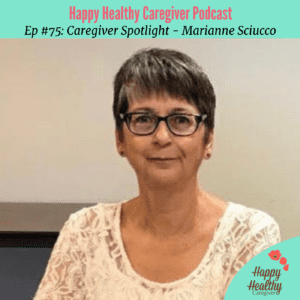
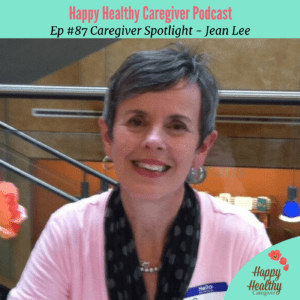
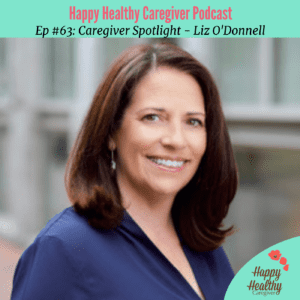

Non-Book Resources to Explain Dementia to Children
Shaw Healthcare in the UK created this animated short video which can be watched alongside your child to help explain dementia:
Sometimes kids tend to pay more attention when they are hearing about the experience from another young person. In this video, Dan answers several questions about his experience with his Nan who has Alzheimer’s disease:
Television and movies also help destigmatize the conversations around dementia and Alzheimer’s disease and introduce the topics for some teachable moments with our youth.
At very young ages, we can use fun animated movies to start the conversations with our children. In the popular Disney Pixar movie, Finding Nemo, best friend Dory has short-term memory loss. Nemo’s dad, Marlin gets frustrated by Dory but ultimately is compassionate and accepts Dory for who she is.
Another Pixar movie, Coco, demonstrates how family members can continue to connect with loved ones with dementia. It’s heartwarming to see Miguel bonding with Mama Coco.
Take Action
Not talking about dementia and Alzheimer’s will not make these diseases going away. As our older population expands and lives longer, we will continue to see growth in these conditions. Eventually, our youth of today will be the adult population of tomorrow that is helping to care for all of us. We must continue to have real conversations with our children so they are better equipped with the tools and skills they will certainly need.
Sources:
- Alzheimer’s Association: 2020 Alzheimer’s Disease Facts and Figures
- AARP & National Alliance of Caregiving: Caregiving in the United States 2020
Some of the links on this page are Amazon affiliate links. When you click on a product and choose to purchase it, I receive a small thank you from Amazon which helps reimburse me for my blogging, podcast, & site expenses. There is no additional cost to you.

